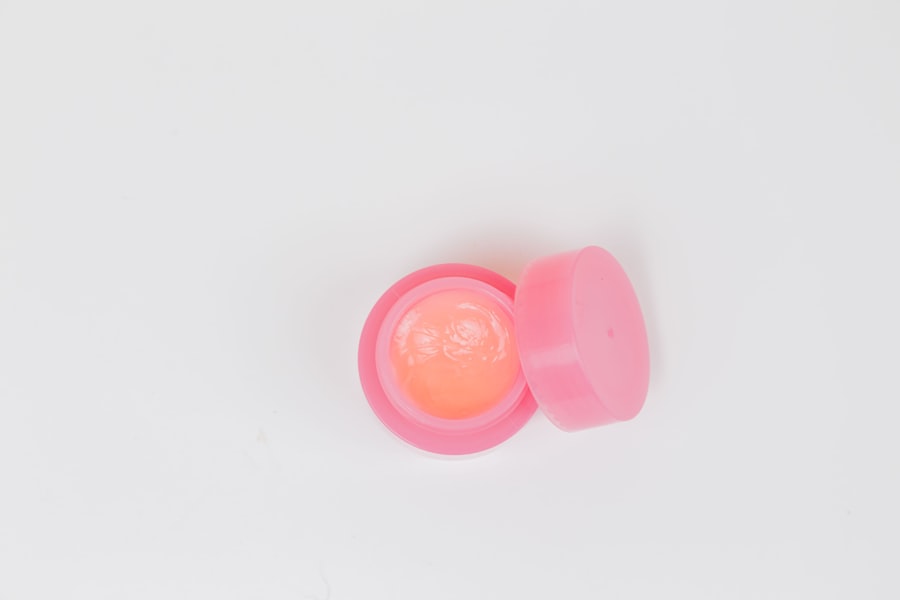Laser hair removal is a popular cosmetic procedure that utilizes concentrated beams of light to target and eliminate unwanted hair. The process begins with a consultation, where you discuss your hair removal goals and medical history with a qualified practitioner. During this initial meeting, the technician will assess your skin type, hair color, and the areas you wish to treat.
This assessment is crucial, as it helps determine the most effective laser technology for your specific needs. Once you decide to proceed, the actual treatment involves a series of steps designed to ensure your comfort and safety. You will be given protective eyewear to shield your eyes from the laser light.
The technician may apply a cooling gel or device to the treatment area to minimize discomfort. As the laser is activated, it emits pulses of light that are absorbed by the pigment in your hair follicles. This process effectively damages the follicles, inhibiting future hair growth.
Each session typically lasts anywhere from a few minutes to an hour, depending on the size of the area being treated.
Key Takeaways
- Laser hair removal uses concentrated light to target and destroy hair follicles, preventing future hair growth.
- During treatment, patients can expect a mild stinging sensation and redness, which typically subsides within a few hours.
- Post-treatment care includes avoiding sun exposure and using gentle skincare products to soothe the treated area.
- Potential side effects may include temporary redness, swelling, and changes in skin pigmentation, but these usually resolve within a few days.
- Long-term results of laser hair removal include permanent hair reduction and smoother, hair-free skin.
What to Expect During and After Treatment
During your laser hair removal session, you may experience a sensation similar to a rubber band snapping against your skin. While some individuals find this discomfort manageable, others may require a topical anesthetic to ease any pain. The duration of each session varies based on the area being treated; smaller areas like the upper lip may take only a few minutes, while larger areas like the back or legs could take longer.
After the treatment, it’s common for the skin to appear slightly red or swollen, resembling a mild sunburn. This reaction is typically temporary and should subside within a few hours to a couple of days. You might also notice that some hairs fall out in the days following your session, which is a normal part of the process.
It’s essential to follow your practitioner’s aftercare instructions to ensure optimal results and minimize any potential discomfort.
Post-Treatment Care and Maintenance

Post-treatment care is crucial for achieving the best results from your laser hair removal sessions. After your appointment, you should avoid sun exposure for at least a week, as your skin will be more sensitive and prone to irritation. Applying sunscreen with a high SPF is advisable if you must go outdoors.
Additionally, refrain from using harsh skincare products or exfoliants on the treated area for several days to allow your skin to heal properly. In terms of maintenance, multiple sessions are typically required for optimal results, as hair grows in cycles and not all hairs are in the same growth phase at any given time. Most individuals need between three to seven sessions spaced several weeks apart to achieve significant hair reduction.
After completing your initial treatment plan, you may require occasional maintenance sessions every six months to a year to keep unwanted hair at bay. For more information on the importance of post-treatment care for laser hair removal, you can visit American Academy of Dermatology.
Potential Side Effects and Risks
| Side Effect | Risk Level |
|---|---|
| Nausea | Low |
| Headache | Medium |
| Dizziness | High |
While laser hair removal is generally considered safe, it’s essential to be aware of potential side effects and risks associated with the procedure. Common side effects include temporary redness, swelling, and mild discomfort in the treated area. These symptoms usually resolve quickly but can be bothersome for some individuals.
In rare cases, more severe side effects such as blistering, scarring, or changes in skin pigmentation may occur, particularly in those with darker skin tones or those who do not follow pre- and post-treatment care instructions. To minimize risks, it’s vital to choose a qualified and experienced practitioner who uses FDA-approved equipment. Discuss any concerns you may have during your consultation, and ensure that you understand the potential side effects before proceeding with treatment.
Being informed will help you make educated decisions about your hair removal journey.
Long-Term Results and Benefits
One of the most significant advantages of laser hair removal is its long-term effectiveness. Many individuals experience a substantial reduction in hair growth after completing their treatment sessions. While some may still see fine or light hairs regrowing over time, these are often less noticeable and easier to manage than before treatment.
The long-lasting results can save you time and money compared to traditional hair removal methods like shaving or waxing. In addition to its effectiveness, laser hair removal offers several other benefits. For instance, it can lead to smoother skin without the irritation often associated with shaving or waxing.
Many people also appreciate the convenience of not having to schedule regular appointments for hair removal or deal with the hassle of daily shaving routines. Ultimately, laser hair removal can enhance your confidence by providing you with smoother skin and reducing the need for constant upkeep.
How to Prepare for Laser Hair Removal

Preparation is key to ensuring a successful laser hair removal experience. Before your first appointment, it’s essential to avoid sun exposure for at least four weeks prior to treatment. Tanning can increase the risk of side effects and make the procedure less effective.
If you have recently tanned or have sunburned skin, it’s best to reschedule your appointment until your skin has returned to its normal state. Additionally, you should avoid plucking or waxing the hair in the treatment area for several weeks leading up to your session. These methods remove hair from the follicle, which is counterproductive for laser treatment since the laser targets the pigment in the hair itself.
Shaving is typically allowed up until 24 hours before your appointment, as it leaves the follicle intact while removing surface hair that could interfere with the laser’s effectiveness.
Who is a Good Candidate for Laser Hair Removal
Laser hair removal can be an effective solution for many individuals; however, not everyone is an ideal candidate for this procedure. Generally speaking, those with light skin and dark hair tend to see the best results due to the contrast between skin tone and hair color. The laser targets melanin in the hair follicles; therefore, darker hairs absorb more light energy than lighter ones.
That said, advancements in laser technology have made it possible for individuals with various skin tones and hair colors to benefit from this treatment. If you have darker skin or lighter hair, consult with a qualified practitioner who can assess your specific situation and recommend appropriate options tailored to your needs. Ultimately, a thorough consultation will help determine if laser hair removal is right for you.
Alternative Hair Removal Methods
While laser hair removal offers numerous benefits, it’s essential to consider alternative methods that may suit your needs better or complement your hair removal routine. Traditional methods such as shaving are quick and easy but often require frequent upkeep due to rapid regrowth. Waxing provides longer-lasting results but can be painful and may cause skin irritation for some individuals.
Other options include depilatory creams that dissolve hair at the surface level but can lead to allergic reactions or chemical burns if not used correctly. Electrolysis is another alternative that involves using an electric current to destroy individual hair follicles; however, it can be time-consuming and may require multiple sessions for larger areas. Ultimately, choosing the right hair removal method depends on your preferences, pain tolerance, budget, and desired results.
Whether you opt for laser hair removal or another technique, understanding each option’s pros and cons will help you make an informed decision that aligns with your personal goals and lifestyle.
After laser hair removal, it is important to take care of your skin to ensure optimal results.




